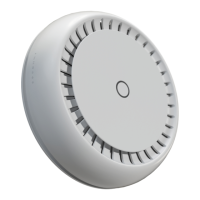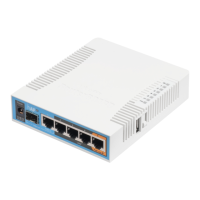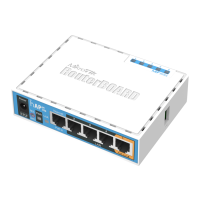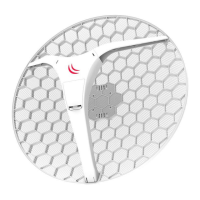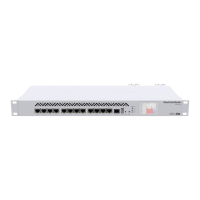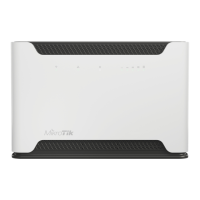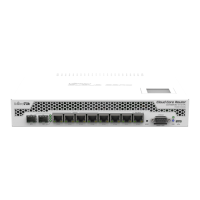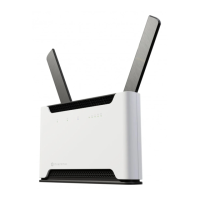1.
2.
3.
4.
5.
6.
Use the MikroTik smartphone app to configure your router in the field, or to apply the most basic initial settings for your MikroTik home access point.
Scan QR code and choose your preferred OS.
Install and open application.
By default, the IP address and user name will be already entered.
Click Connect to establish a connection to your device through a wireless network.
Choose Quick setup and application will guide you through all basic configuration settings in a couple of easy steps.
An advanced menu is available to fully configure all necessary settings.
Notice
Datasheet for any device is available on the official manufacturer website.
For some models, check the user and wireless passwords on the sticker.
The Frequency band 5.470-5.725 GHz isn’t allowed for commercial use.
Please make sure the device has a locking package (firmware version from the manufacturer) which is required to be applied to the end-user
equipment to prevent the end-user from reconfiguration. The product will be marked with country code “-EG” - RBcAPGi-5acD2nD-XL-EG.
For Outdoor Usage: End-user requires approval/license from the NTRA.
Firmware for Egypt Regulatory have their wireless frequency range limited to 2.400 – 2.4835 GHz, the TX power is limited to 20dBm (EIRP).
Firmware for Egypt Regulatory have their wireless frequency range limited to 5.150 – 5.250 GHz, the TX power is limited to 23dBm (EIRP).
Firmware for Egypt Regulatory have their wireless frequency range limited to 5.250 – 5.350 GHz, the TX power is limited to 20dBm (EIRP).
This device needs to be upgraded to the latest version to ensure compliance with local authority regulations! It is the end users responsibility to follow local
country regulations, including operation within legal frequency channels, output power, cabling requirements, and Dynamic Frequency Selection (DFS)
requirements.
All MikroTik radio devices must be professionally installed.
Federal Communication Commission Interference Statement
Model FCC ID
-US
RBcAPGi-5acD2nD-XL
TV7CPGI52XL
This equipment has been tested and found to comply with the limits for a Class B digital device, pursuant to Part 15 of the FCC Rules. These limits are
designed to provide reasonable protection against harmful interference in a residential installation.
This equipment generates, uses, and can radiate radio frequency energy and, if not installed and used in accordance with the instructions, may cause
harmful interference to radio communications. However, there is no guarantee that interference will not occur in a particular installation. If this equipment
does cause harmful interference to radio or television reception, which can be determined by turning the equipment off and on, the user is encouraged to
try to correct the interference by one or more of the following measures:
Reorient or relocate the receiving antenna.
Increase the separation between the equipment and receiver.
Connect the equipment into an outlet on a circuit different from that to which the receiver is connected.
Consult the dealer or an experienced radio/TV technician for help.
To avoid pollution of the environment, please separate the device from household waste and dispose of it in a safe manner, such as in
designated waste disposal sites. Familiarize yourself with the procedures for the proper transportation of the equipment to the designated
disposal sites in your area.
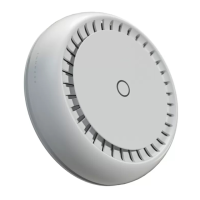
